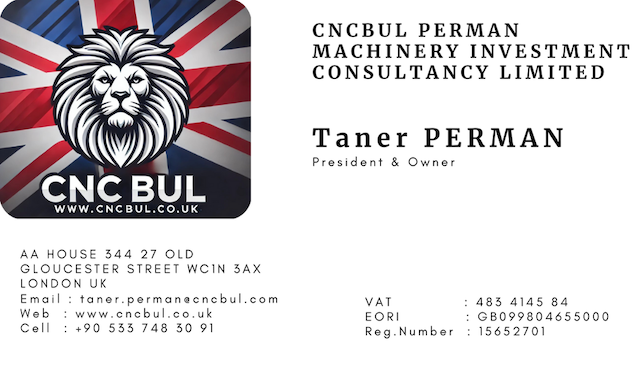What is Live Tooling & C Axis on CNC Lathe machine?
Live tooling and the C-axis are advanced features found in modern CNC lathe machines that significantly enhance their machining capabilities and versatility. These features allow CNC lathes to perform milling, drilling, and other non-turning operations, transforming them into highly flexible and efficient multitasking machines. Below is a detailed technical explanation of live tooling and the C-axis:
Live Tooling
Definition and Functionality
- Live tooling refers to the capability of a CNC lathe to use powered, rotating tools for milling, drilling, tapping, and other operations while the workpiece is held stationary or rotating in the lathe’s spindle. Unlike standard lathe operations, which involve rotating the workpiece against stationary tools, live tooling allows for the rotation of the tool itself.
Components of Live Tooling
- Rotary Toolholders:
- Live tooling is facilitated by rotary toolholders or motorized toolholders that contain small, integrated motors. These toolholders can hold various cutting tools such as end mills, drills, and taps.
- Driven Tools:
- These are the cutting tools mounted in the rotary toolholders. The tools are driven by the motors within the toolholders, enabling them to perform cutting operations.
- Power Transmission:
- The power to the live tools is transmitted through the lathe’s turret, which is equipped with electrical and mechanical connections to supply power to the rotary toolholders.
Advantages of Live Tooling
- Increased Machining Capabilities:
- Live tooling enables the CNC lathe to perform a variety of milling and drilling operations without transferring the workpiece to a separate milling machine. This reduces setup times and increases efficiency.
- Complex Part Geometries:
- With live tooling, complex part geometries that require both turning and milling operations can be produced in a single setup, ensuring higher accuracy and reduced errors.
- Reduced Workpiece Handling:
- By performing multiple operations on a single machine, the need for handling and repositioning the workpiece is minimized, reducing the risk of damage and misalignment.
C-Axis
Definition and Functionality
- The C-axis refers to the rotational control of the lathe spindle, allowing precise positioning and indexing of the workpiece around its axis. This axis, when combined with live tooling, transforms the CNC lathe into a full-fledged machining center capable of performing complex multi-axis operations.
Components of the C-Axis
- Rotary Encoder:
- The rotary encoder is a critical component that provides feedback on the rotational position of the spindle. This allows the control system to precisely position the workpiece for milling and drilling operations.
- Control System:
- The CNC control system is programmed to coordinate the movement of the C-axis with the other axes (X and Z) and the live tooling. This synchronization enables complex machining operations to be performed with high precision.
Capabilities of the C-Axis
- Indexing:
- The C-axis allows the spindle to be indexed to precise angular positions. This is essential for operations such as drilling holes at specific angles around the circumference of the workpiece.
- Rotational Milling:
- The C-axis can rotate continuously, enabling helical milling and other complex 3D milling operations. This capability is particularly useful for producing features such as gear teeth, splines, and helical grooves.
- Synchronous Rotation:
- In some advanced CNC lathes, the C-axis can synchronize with live tooling to perform simultaneous turning and milling operations, further enhancing productivity and machining flexibility.
Combined Benefits of Live Tooling and C-Axis
Enhanced Machining Flexibility
- The combination of live tooling and C-axis control allows the CNC lathe to perform a wide range of machining operations traditionally done on separate machines. This includes turning, milling, drilling, tapping, and more.
Reduced Cycle Times
- By integrating multiple operations into a single setup, cycle times are significantly reduced. This is particularly beneficial in high-volume production environments where efficiency is critical.
Improved Accuracy and Precision
- Performing all operations on a single machine eliminates errors associated with transferring the workpiece between different machines. This ensures higher dimensional accuracy and better overall part quality.
Cost Savings
- The ability to perform multiple operations on a single machine reduces the need for additional equipment and tooling, leading to cost savings in terms of equipment investment and maintenance.
Practical Applications
Complex Parts Manufacturing
- Live tooling and the C-axis are particularly advantageous for manufacturing complex parts with intricate features, such as aerospace components, medical devices, and precision automotive parts.
Prototyping and Small Batch Production
- The flexibility to quickly switch between different operations makes these features ideal for prototyping and small batch production, where frequent changes in part design and machining processes are common.
High-Mix, Low-Volume Production
- In environments where a wide variety of parts need to be produced in small quantities, the ability to perform multiple operations on a single machine enhances efficiency and reduces lead times.
Conclusion
Live tooling and the C-axis on a CNC lathe machine provide significant advantages in terms of machining capabilities, efficiency, and flexibility. Live tooling enables the machine to perform milling, drilling, and other non-turning operations, while the C-axis allows precise rotational control of the workpiece. Together, these features transform the CNC lathe into a versatile multitasking machine capable of handling complex part geometries and reducing setup times. The enhanced machining flexibility, reduced cycle times, improved accuracy, and cost savings make CNC lathes with live tooling and C-axis highly valuable in various industrial applications.

